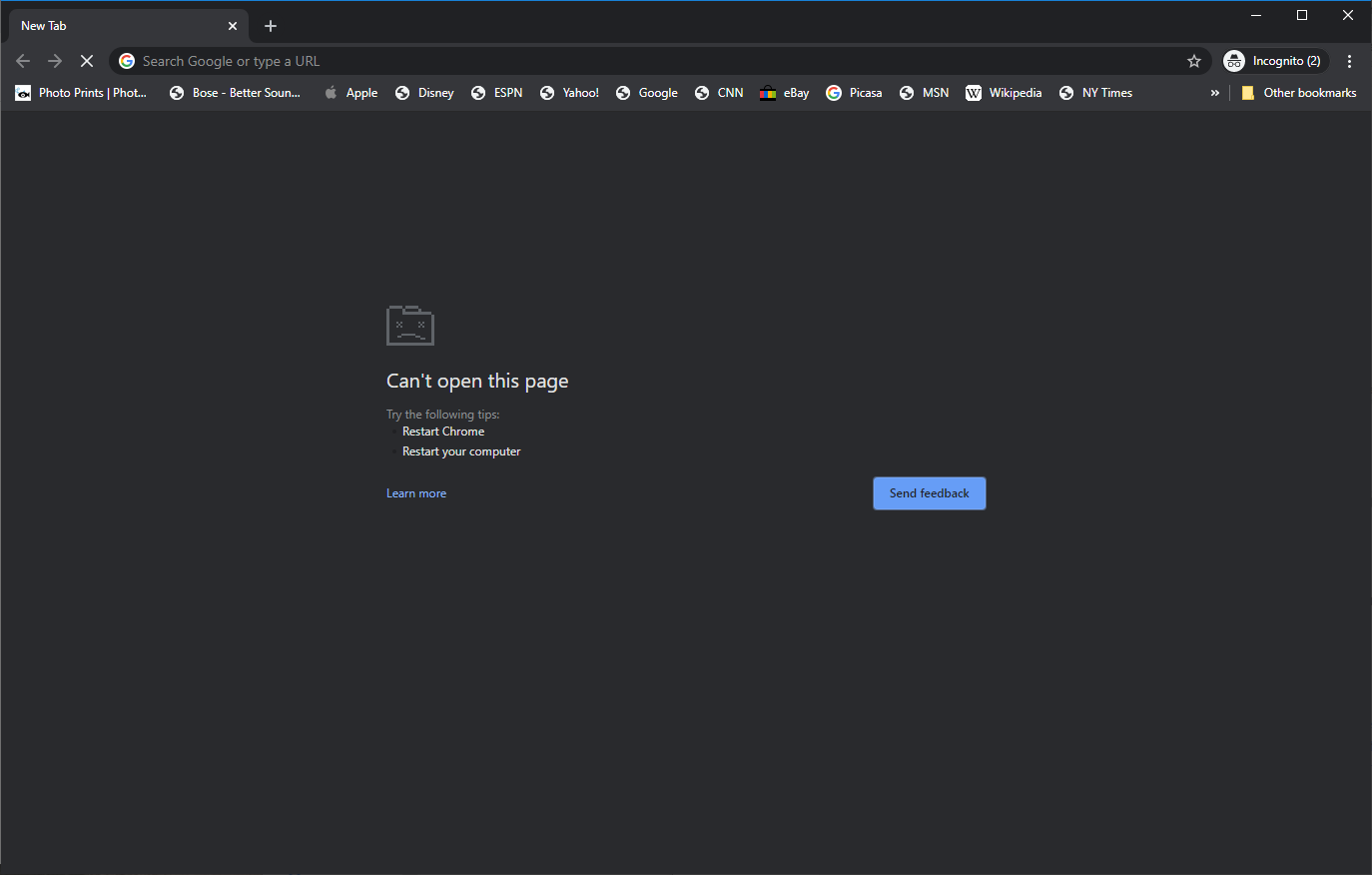
Drag your mouse all the way to the last letter before you reach the second set of *** (three asterisks). Go to *** C:\Users\Username\AppData\Local\Google\Chrome\Application *** I’ll explain how to get there but first place your mouse cursor before the ‘C’ that you see above -in between the *** (three asterisks). Then, if you need to go back to a previous version for any reason, you have access to them all.Įach month we select the best of the tips submitted by members of the PC Pitstop community through our forums. Or you can backup each version on a network or external drive. Hold down Ctrl on your keyboard and highlight the previous version number and the old_Chrome.exe icon. Click OK.Ĭ:\Users\Username\AppData\Local\Google\Chrome\ApplicationĤ. Select the View tab and check Show Hidden Files, Folders and Drives. Click Start and type: folder options into the Search box and hit Enter.Ģ. First, make sure you have Hidden Files showing. These files let you rollback your current version to the previous one.ġ. You could even have different profiles for different users, or different situations like “Work” and “Personal”.Tip submitted by morbidbutterfly on MaRemove Old Versions Of Google ChromeĮverytime Google Chrome updates, it leaves the files of old versions behind. This is useful if you want to test things like extensions, or troubleshoot problems in Chrome without messing up your main profile. If you really want to get your hands dirty, you can set up multiple profiles with different browser settings, bookmarks, extensions, apps, and saved passwords. The next time you start Chrome, a new data folder will be created with a fresh default profile. You can completely reset Google Chrome by deleting (or renaming or moving) the data (User Data, Chrome, or google-chrome) folder.

To back up your profile(s), copy the Default profile folder and any numbered Profile folders in the UserData folder on Windows, the Chrome folder on Mac OS X El Capitan, or the google-chrome folder in Linux to an external hard drive or a cloud service.

RELATED: Everything You Need to Know About Google Chrome's Profile Switcher

You can select the path and copy it and paste it into File Explorer in Windows, the Finder on OS X, or into a file manager like Nautilus in Linux to access that folder. For example, the location of my “Work” profile in Windows 10 is actually C:\Users\Lori\AppData\Local\Google\Chrome\User Data\Profile 3. The “Profile Path” shows the location of the current profile. In the Chrome window showing the profile on the name button that you want to find, enter chrome://version in the address bar and press Enter. Each time you switch profiles, a new Chrome window opens using that profile.

If you need to edit one of your other profiles, you can figure out its folder name quite simply.


 0 kommentar(er)
0 kommentar(er)
